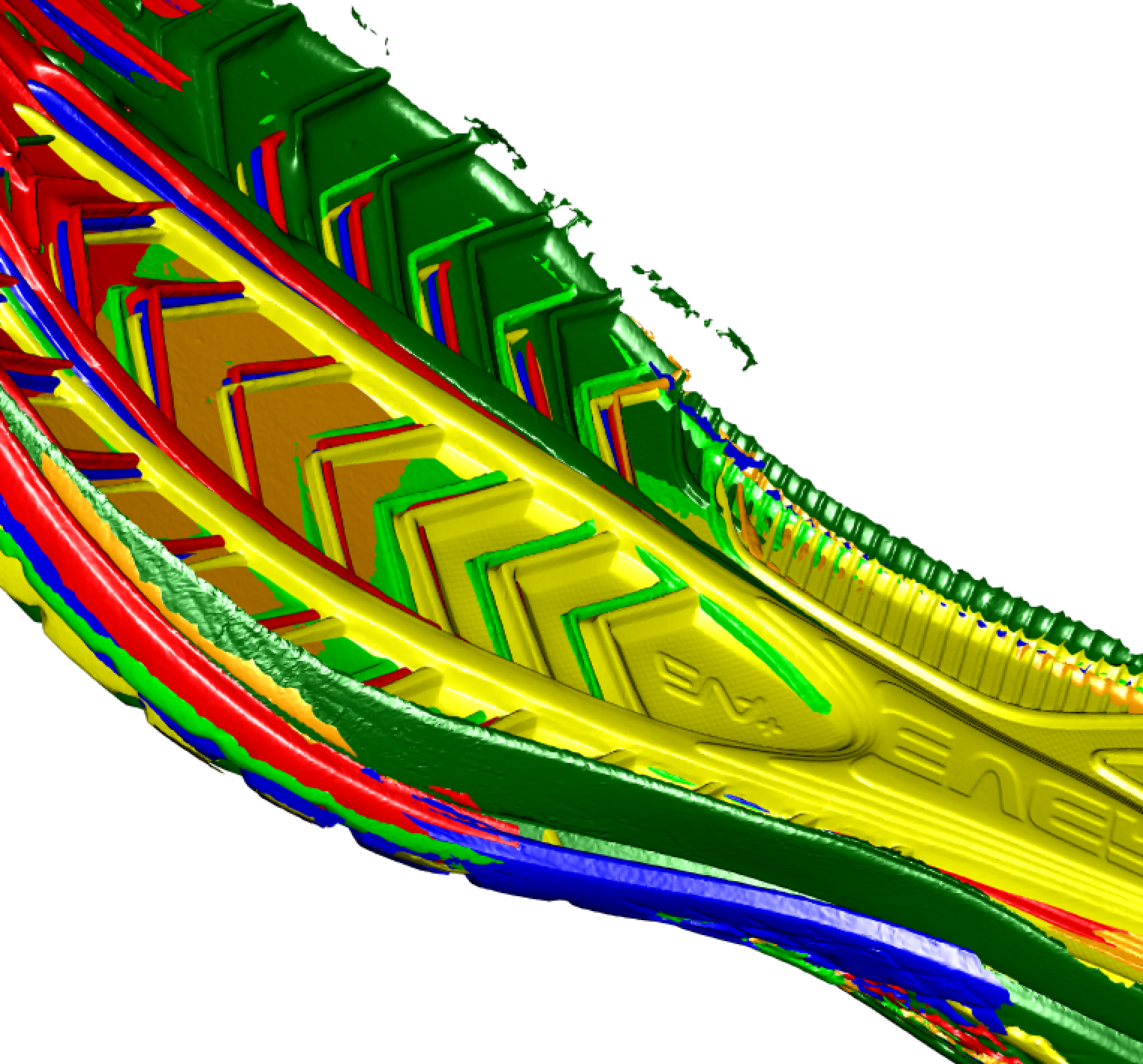
Shoe analysis is frequently used as part of forensic analysis. However, dealing with time, the wear of the sole and its features can be difficult. Here we present a method for extracting the wear between two 3D scans of a single shoe after some amount of use, using an iterative alignment process, in order to discover matching methods after a large amount of wear. Initial processing transforms a Standard Triangle Language (stl) 3D object, into a triangle mesh before alignment.
Read more →

Forensic firearms examiners subjectively compare two bullets, using visual examination to make a determination about whether the bullets are similar enough to have originated from the same weapon. Recently, there has been increased demand for quantitative, objective similarity assessment methods for many types of forensic evidence, including bullets. In this talk, we discuss visualizations for a machine learning algorithm capable of matching striation marks on fired bullets. We describe the steps of the algorithm and summary visualizations used at each stage of the data science pipeline, and present an application which wraps the visualizations into an interactive exploration tool.
Read more →



